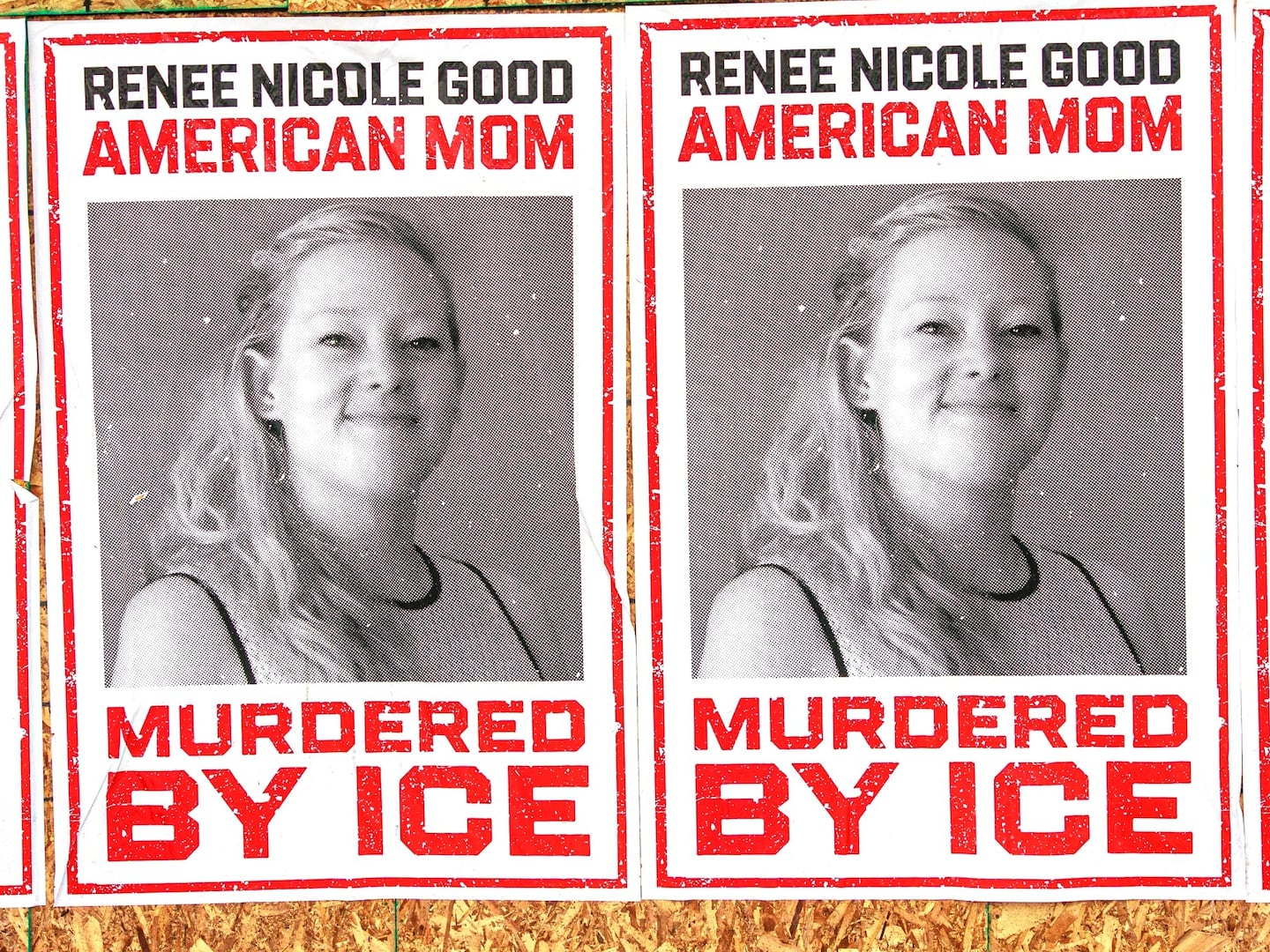It is possible to attend fashion weeks on every day of the year, if you don’t mind travelling the world and eventually losing your sanity. India alone has them occurring the length and breadth of the country on what would appear to be an almost daily basis.
But it is the Magnificent Four—New York, Paris, London and Milan—who command the attention of top retailers and journalists.
In these cities, future trends and ideas are shown on models coming down a runway—or abseiling from the roof (designers are a fanciful lot and usually with a splendid disregard for budgets, value for money or any of that boring stuff)—six months in advance of when the clothes will be displayed on fashion floors and in magazines.
It wasn’t always like this. Until the middle of the 20th century fashion weeks were very much more immediate affairs and did not have the casts of thousands many modern fashion shows cater for.
They were personal, aimed at private customers with press and store buyers usually banned until all the paying customers had seen the look of the season and placed their orders.
Even then, buyers from top stores were obliged to pay a hefty caution, in order to try to stop “pirates” from stealing the ideas, only redeemable against clothes they bought to copy under license from the couturier.
They came from stores like Harrods and Fortnum and Mason in London and, most successfully, Manhattan’s loading store for “Paris Originals,” Ohrbach’s.
The customers were rich women who travelled to Paris and frequently New York to see the shows to choose their wardrobe for the coming season.
They had fittings and selected hats, millinery, lingerie, and corsetry, all of which would be as carefully measured and fitted as the actual clothes—which were, of course, all made by hand in the fashion house under the watchful eye of the couturier whose establishment was divided into specialist ateliers dealing with tailoring and flou, which was largely cocktail dresses and grand ballgowns.

It all took a long time and cost a lot of money. Cynics used to say that the ladies who dressed in this way were encouraged to do so by rich husbands or lovers (and the old saying that no woman ever pays for couture out of her own pocket is surely a true one) so that they were kept busy in the afternoons while the men enjoyed the sensual après-midi pleasures for which Paris was famed.
Couture still survives in Paris but, in reality, it is nothing more than posh frocks for special occasions, many of which do not have the rigorous three fittings minimum that in the past kept customers in Paris for several weeks while the tweaking search for total perfection was carried on.
Modern fashion shows in The Big Four Cities have, for more than 40 years, shown ready-to-wear (high-end, admittedly) six months before the clothes (and, increasingly, handbags) are available in store.
But there are serious signs of change. Increasingly, women have made clear that they are not happy having to wait so long before they can buy.
The fashion houses are responding to this by selling to them directly. A company like Burberry even allows buyers to customize their choice to a limited degree on the day of the show and Net-A-Porter actually guaranteed delivery of choices from a limited number of garments within a couple of days of the show a few seasons ago.
So, will fashion weeks slowly die? Will they transfer themselves into something new, or will the many ways of getting clothes to customers quickly which are now big talking points in the industry at all levels save them?
Or will it be menswear? Fashion weeks for men are not new—New York’s runs until Thursday. All of the top four centers for womenswear have them. But they never generated the interest, let alone excitement, that Fashion Weeks for women do. However, there are signs that this is changing.
London Collections: Men and New York Fashion Week: Men’s have yet to capture the imaginations of the guys who work on Wall Street, in advertising and in real estate with the label conviction that leads to the total brand loyalty we see in womenswear.
Of course, America invented the mass market for well-off guys: Brooks Brothers, Calvin Klein, Tommy Hilfiger, and Ralph Lauren have worked wonders (and made shedloads of profit) out of expensive off-the-peg clothes, including formal and semi-formal, at serious prices and often able to be finished to the exact figure needs of the customer.
But what they are not is a viable alternative to London’s Savile Row, still the bench mark for formal tailoring and bespoke tailoring generally, for the man who has the lifestyle that Savile Row caters for, the patience (it takes time to construct a perfect suit), and the checkbook.
But, as current fashion weeks for men are increasingly demonstrating, there are growing numbers of designers who think and work like couturiers do for women.
Whereas traditional Savile Row tailors show variations on a tried and tested theme, the new approaches are being spearheaded by guys who see themselves as designers first and tailors second. In other words, they use the runway to show fashion ideas in order to make their mark and they do it with a fashion show just like one for women’s clothes: new cuts, new proportions, new colors, new fabrics.
Top of the heap is Tom Ford, shameless self-publicist, charmer and maker of memorable statements such as when he said that a man who had never had a same-sex experience didn’t know what it was to be a man.
As one would expect, Ford always gives us Full Strength Tom, and at very strong price points.
Less “in your face” but right up there in the top echelons are Christopher Bailey (ex-Tom Ford designer) at Burberry; Hedi Slimane at Saint Laurent (but rumor suggests not very much longer); Thom Browne, a true trailblazer who, along with Alexander McQueen, was one of the earliest of the “uncompromising statement” designers; Stefano Pilati, who has truly come into vision as a menswear designer at Ermenegildo Zegna; and Kim Jones at Vuitton.
They command respect from the guys with money who want clothes that enhance, not destroy, the essence of what they are about.
But the one who is pushing the button for young male fashionistas (and they do exist, in increasing numbers) is the Irish designer J.W Anderson, whose show in London just over a week ago was live-streamed on the gay hookup App: Grindr—a clever act of niche marketing which in its own mischievous way shows how menswear traditions are evolving.
Men may still want sharp suits and trousers, but they also want the unconventional showed and sold to them unconventionally. The changing story of menswear is also the evolving story of masculinity itself.






